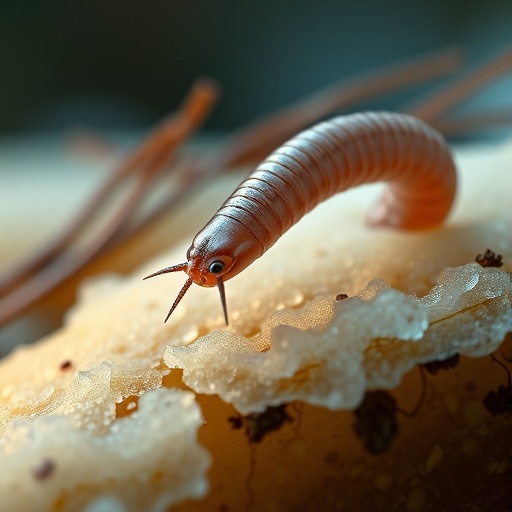In the 1960s, the introduction of fabric softeners transformed rough, scratchy clothes into softer, more comfortable garments. But recently, the products' popularity has dipped in part due to millennials' concern for their potential environmental impact, according to recent news reports. Now one team has developed a better method for evaluating fabric softeners that could lead to potentially "greener" — and more millennial-friendly — versions. Their study appears in ACS' The Journal of Physical Chemistry B.
Fabric softeners' main ingredients are surfactants, which are compounds that stick to clothing during the rinse cycle and make them feel softer. Scientists have been studying fabric softeners for decades, and many believe that surfactants work by forming a lubricating layer on clothing. But to date, no one knows how the softeners work on a molecular level. So, Evdokia K. Oikonomou, Jean-François Berret and colleagues set out to devise a new method to look more closely at the interaction between cotton fabric and fabric softeners as a first step toward developing more eco-friendly products.
The researchers studied how a double-tailed cationic surfactant, which is often used in commercial fabric softeners, would combine with natural cellulose nanocrystals — a stand-in for cotton — using multiple techniques including light scattering and optical and electron microscopy. The study showed that the concentration of surfactant affected vesicle size. The concentration of surfactant also affected how these vesicles arranged themselves, sometimes nesting within each other to form multiple layers. The researchers say their technique could speed up manufacturers' assessment of fabric softeners' efficiency and potentially help get newer, more environmentally friendly products to the market faster.
###
The authors acknowledge funding from Solvay, the French National Research Agency and the Commissariat à l'Investissement d'Avenir.
The abstract that accompanies this study is available here.
The American Chemical Society is a nonprofit organization chartered by the U.S. Congress. With nearly 157,000 members, ACS is the world's largest scientific society and a global leader in providing access to chemistry-related research through its multiple databases, peer-reviewed journals and scientific conferences. ACS does not conduct research, but publishes and publicizes peer-reviewed scientific studies. Its main offices are in Washington, D.C., and Columbus, Ohio.
To automatically receive news releases from the American Chemical Society, contact [email protected].
Follow us on Twitter | Facebook
Media Contact
ACS Newsroom
[email protected]
@ACSpressroom
http://www.acs.org
############
Story Source: Materials provided by Scienmag




